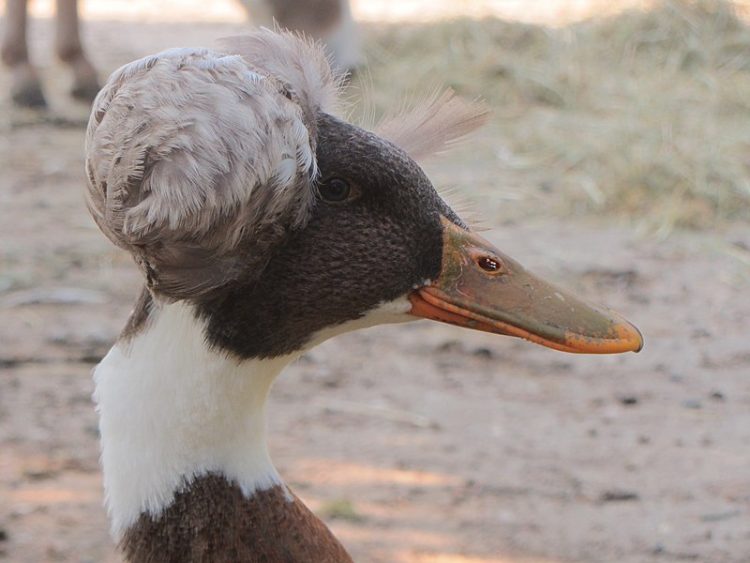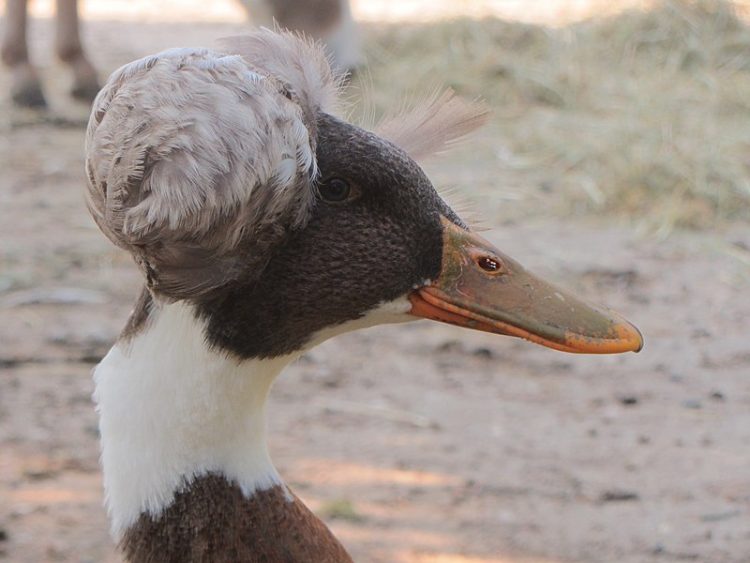If, like me, you spent a fair bit of your childhood on a farm, or if you’re simply fascinated by domestic birds, you’ve probably seen a crested duck at least once in your life. Their fluffy headgear is a adorable to look at, but it comes with some severe side-effects.
First of all, the funny-looking plumage on the heads of crested ducks is just a genetic defect, and one that has some serious health implications. The fluffy hairdo actually grows out of a section of fatty tissue that covers a gap in the duck’s skull. Not only does this defect make it dangerous for a female crested duck to mate – especially with a particularly aggressive drake – but it has also been linked to seizures, neurological problems and early death. Unfortunately, the photos of cute crested ducks circulating on social media these days don’t come with information about these issues, which only makes the ducks sought after as pets. That leads to another serious problem, breading…

Photo: Pierre Tribhou/Wikimedia Commons
Logic dictates that the surest way to breed crested ducks is to use a crested male and female, but that is reportedly ill-advised and even cruel among duck breeders. That’s because breeding 2 crested ducks will cause most of the embryos to die in their shells, with some developing brains outside their skulls. Even those that do hatch will often die in a few days time due to above mentioned seizures and neurological problems.
“The recommended breeding strategy is to breed a heterozygous crested duck to a non crested duck. 50% of the ducklings should be crested while the remaining should hatch out normal,” one of the most popular threads on BackYard Chickens states. It should be noted however that the 50% of chickens who carry the crested gene may or may not have a crest.
The Crested genotype, Cr’/cr, is a very interesting and fun gene to work with. You must understand that it is a lethal gene though, so you will have a percentage of ducklings that will develop all the way up to hatching day and then die in the shell,” Patty Prickard of Faith Valley Waterfowl writes. “This gene is called the ‘lethal gene’ because the crest is formed through a hole in the top of the duckling’s skull.”
View this post on Instagram
But despite the risks of breeding two crescent ducks, some breeders still choose to do it, because it seems to produce larger and more desirable crests. Although using a crested and a non-crested duck means more eggs are viable, the ones that turn out crested have smaller “hairdos”.
View this post on Instagram
Sadly, not many people know the sad truth behind the hilarious-looking “hairstyles” of crested ducks, as they are mainly portrayed as adorable farm animals.













